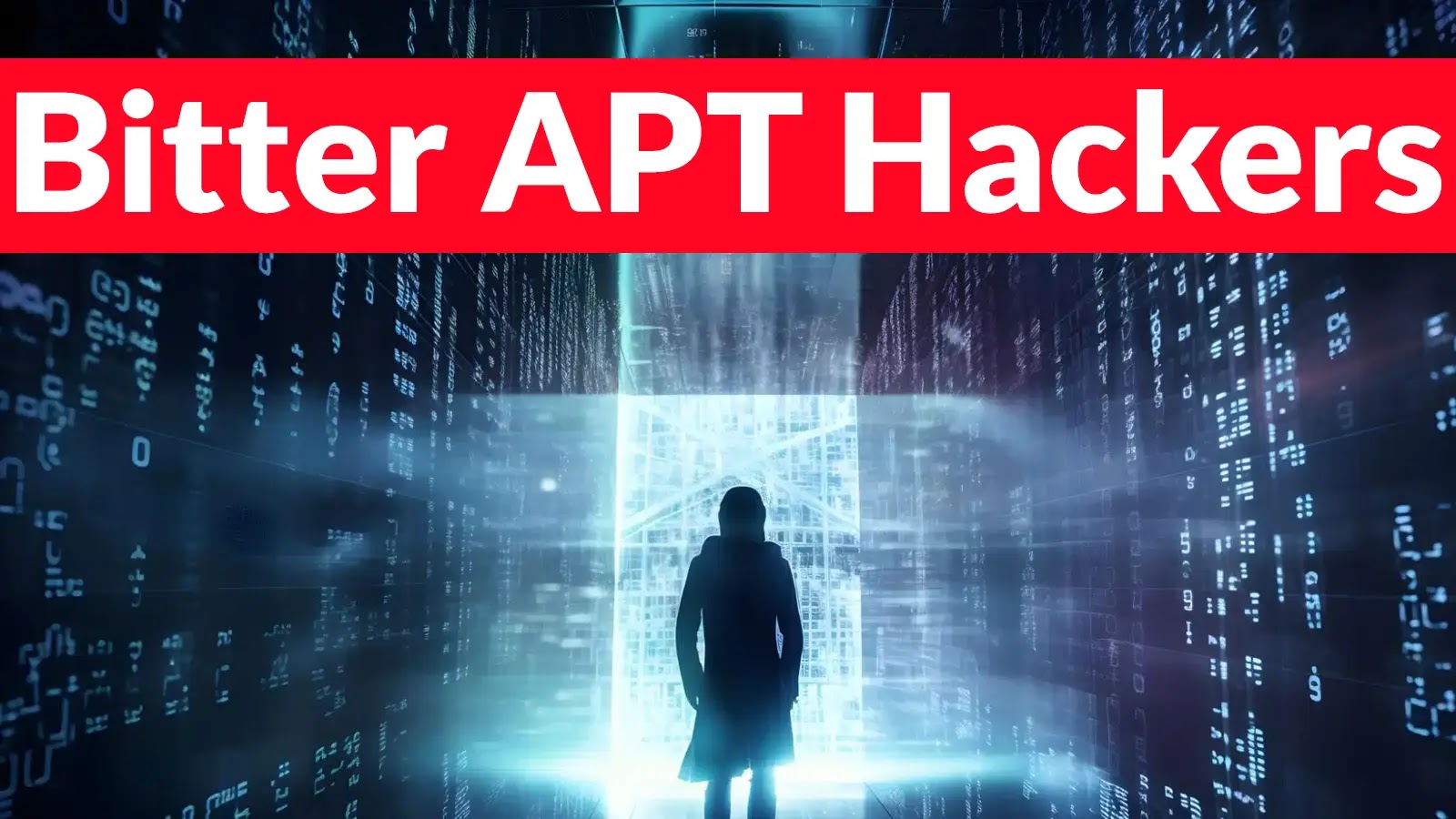In the rapidly evolving landscape of artificial intelligence (AI), ensuring the security of AI systems has become paramount. Pillar Security has developed a platform designed to address these challenges by providing end-to-end protection throughout the software development and deployment lifecycle. This article delves into the components and philosophy behind Pillar Security’s AI defense platform, highlighting its unique approach to safeguarding AI applications.
Founders’ Expertise: A Red Team-Blue Team Synergy
Pillar Security’s foundation is built upon the diverse experiences of its co-founders. CEO Dor Sarig brings a decade of experience in offensive cybersecurity operations for governmental and enterprise organizations. In contrast, CTO Ziv Karlinger has over ten years of experience in defensive cybersecurity, focusing on protecting against financial cybercrime and securing supply chains. This combination of offensive and defensive expertise forms a robust framework for addressing AI security threats from multiple angles.
A Holistic Approach to AI Security
Unlike traditional security solutions that often operate in silos, Pillar Security adopts a holistic approach. Each component of their platform is interconnected, creating a dynamic feedback loop that enhances the overall security posture. This integration ensures that insights gained at one stage inform and strengthen defenses at subsequent stages, providing a comprehensive and adaptive security framework.
AI Workbench: Proactive Threat Modeling
The journey begins with the AI Workbench, a secure environment designed for proactive threat modeling before any code is written. This tool allows security teams to experiment with AI use cases, mapping potential threats and aligning AI systems with corporate policies and regulatory requirements. By guiding developers and security teams through structured threat modeling processes, the AI Workbench helps identify potential attack scenarios specific to the application. Risks are contextualized within the business framework, adhering to established standards such as STRIDE, ISO, MITRE ATLAS, OWASP Top Ten for LLMs, and Pillar’s own SAIL framework. This proactive approach embeds security considerations into the design phase, fostering trust from the outset.
AI Discovery: Comprehensive Asset Visibility
Managing AI sprawl is a significant challenge for security and governance teams, often due to a lack of visibility into AI usage across development and production environments. Pillar Security addresses this by integrating directly with code repositories, data platforms, AI/ML frameworks, identity providers, and local environments. This integration enables the automatic discovery and cataloging of all AI assets within an organization, including models, tools, datasets, MCP servers, coding agents, and meta prompts. By providing a full inventory of AI applications, the platform lays the groundwork for organizational security policies and offers a clear understanding of each business use case.
AI Posture Management: Continuous Risk Assessment
Building upon the insights from AI Discovery, the AI Posture Management component offers continuous assessment of AI assets. It evaluates the security posture of these assets, identifying vulnerabilities and ensuring compliance with organizational policies and regulatory standards. This ongoing evaluation allows for timely remediation of risks, maintaining the integrity and security of AI systems throughout their lifecycle.
Adaptive Guardrails: Real-Time Protection
During runtime, Pillar Security implements Adaptive Guardrails, which are informed by the threat modeling and posture management processes. These guardrails provide real-time protection by dynamically adjusting security measures based on the current threat landscape and operational context. This adaptive mechanism ensures that AI applications remain secure against emerging threats without compromising performance or functionality.
The Pillar Security Advantage
Pillar Security’s platform stands out due to its comprehensive and interconnected approach to AI security. By addressing potential threats from the initial design phase through to runtime, the platform ensures that AI systems are not only secure but also aligned with business objectives and regulatory requirements. The synergy between offensive and defensive cybersecurity expertise within the leadership team further strengthens the platform’s effectiveness in mitigating a wide range of AI security threats.
Conclusion
As AI continues to permeate various sectors, the importance of robust security measures cannot be overstated. Pillar Security’s holistic platform offers a proactive and adaptive solution to the complex challenges of AI security. By integrating threat modeling, asset discovery, posture management, and real-time protection, it provides organizations with the tools necessary to build and maintain trustworthy AI systems.



